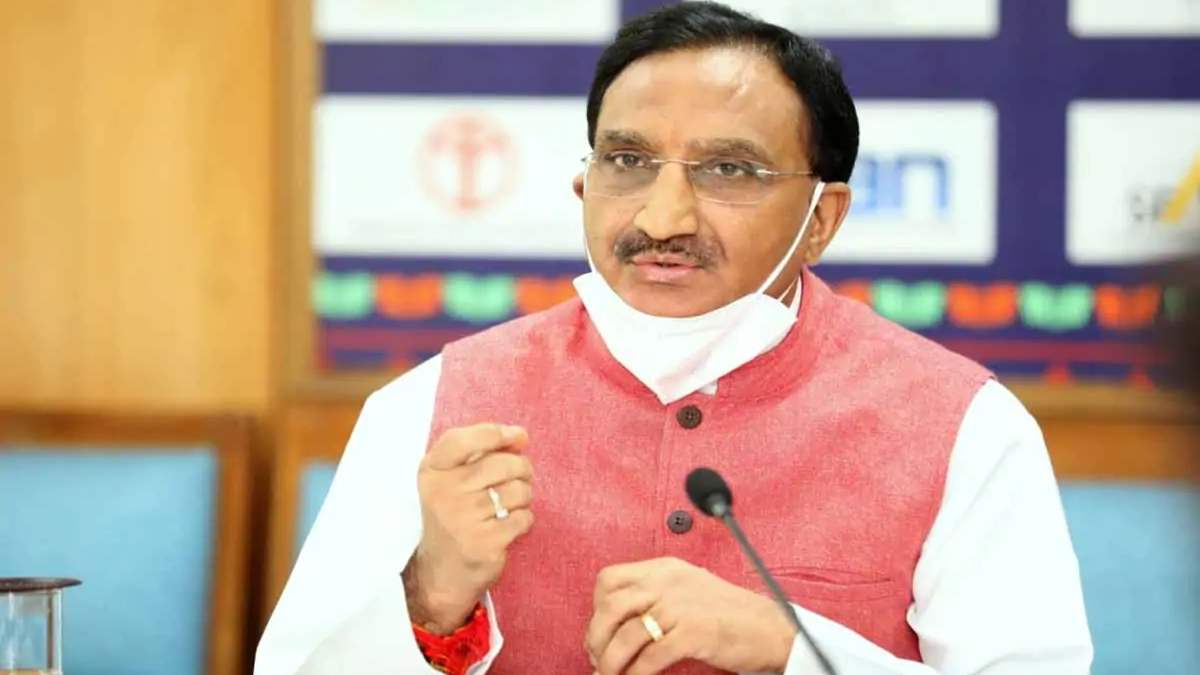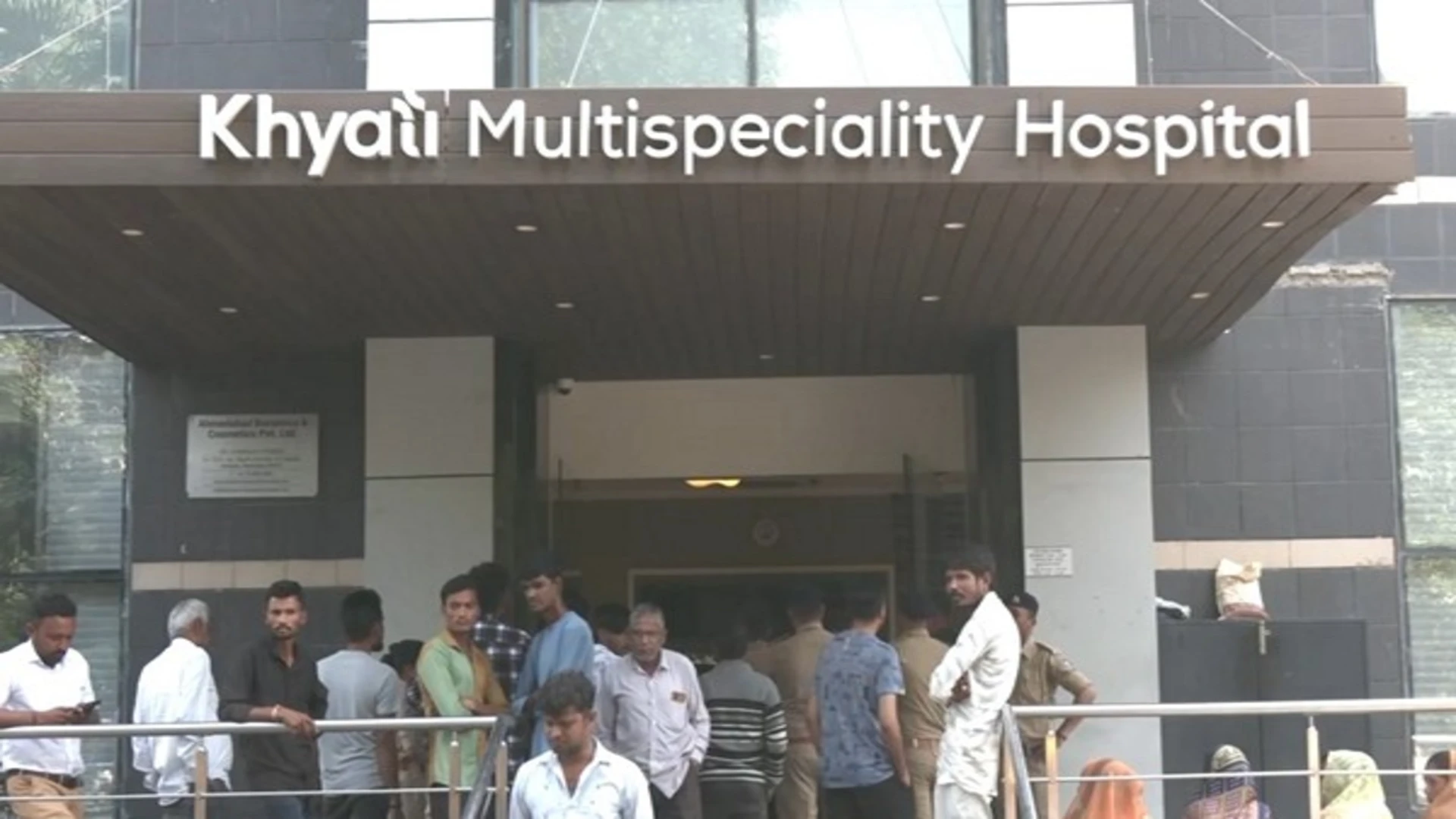
The National Education Policy, 2020 appears to have received appreciation by people in academia. It is presumed that the implementation of policy recommendations will ensure consistency in decision making and help achieve rational outcomes. These are genuine expectations from any policy. Much, however, depends upon the processes that turn strategies and plans into actions to realise the anticipated goals. After the conclusion of the policy, it is imperative to expedite the formulation of a ‘Programme of Action’ through mutual understanding between the executives and the academics, since both are going to be instrumental in the implementation of the policy. As part of the exercise, universities have been asked to organise brainstorming sessions with the view of developing strategies for implementation. Since the policy has made a number of recommendations in higher education,
the academic fraternity is looking for a starting point.
The policy has envisaged multiple transformations in higher education, ranging from regulatory reforms to structural reforms. While some of these reform measures may be undertaken concomitantly, there are others, especially the regulatory reforms, which would require a particular sequence since they are so interconnected that one reform is going to be the key enabler for another. Therefore recommendations which have the potential to give direction and bring about the desired transformation should be identified first and subsequently, of them, the one which is going to be the key enabler to other reforms should become the starting point.
It is appreciable that the policy has made quite a departure by segregating the role and functions of the regulator, accreditor, academic standard setter and grants provider in the sector of higher education.
These are the functions which hitherto have been performed by a single regulator. The policy has recommended that there will be an umbrella institution, in the name of the Higher Education Commission of India (HECI), with four independent verticals in the form of Councils. Of them, one will be the National Higher Education Regulatory Council (NHERC), to perform the role of a regulator. The second will be the National Accrediting Council (NAC) which will act as a meta-accrediting body.
The third vertical will be the Higher Education Grants Council (HEGC) which will be disbursing federal grants to eligible institutions, and the fourth will be the General Education Council (GEC), which will lay down norms and standards in the form of expected learning outcomes, besides formulating the National Higher Education Qualification Framework (NHEQF).
The most critical recommendation under regulatory reform turns out to be the formulation of the
NHEQF which is going to give direction to the future of the Indian higher education system. This is the
most essential apparatus of higher education, but has been long overdue. In fact, this has constantly been a point of embarrassment at international fora whilst reporting that India still has to develop the NHEQF. Many nation-states with much lesser human and material resources have been reaping the benefits of their NHEQF as it provides them an advantage over others when it comes to ensuring the comparability of learning outcomes in the form of the competencies and skills of their graduates for the purpose of employability and mobility within and across borders. It is for this reason that some hiring
agencies within the country do not have confidence in degrees and diplomas awarded by various institutions. This is primarily because of the wide variations across their curricular provisions and assessment methods, which make it difficult to ensure the equivalence of their awards. It
makes matters worse when industry leaders are seen openly lamenting the suitability of graduates in the modern world of work.
Sadly, the learning outcomes have not been a part of major discourse in higher education until quite recently. At times, it would invite only informal conversations between or amongst some senior functionaries whenever this issue cropped up at international fora like ASEAN, BRICS and OECD.
Notwithstanding its consequences, the debate on the NHEQF, which specifically lays down the learning outcomes, has not received the attention which it deserved. An attempt was, however, made by the University Grants Commission (UGC) around six years ago, when this exercise was commissioned to the Centre for Policy Research in Higher Education (CPRHE) at the National University of
Educational Planning and Administration (NUEPA).
However, it turned out to be an exercise in futility. Nonetheless, it should now be undertaken on a priority basis as it is unequivocally recommended in the policy.
It becomes all the more relevant when the policy has laid greater emphasis on the mobility of students and setting up of an Academic Bank of Credit.
Undoubtedly, the development of the NHEQF is a very involved exercise, much more than bringing out regulations for the maintenance of standards, prescribing minimum qualifications
and specifying degrees. It necessitates the specification of learning outcomes, development of curriculum, introduction of choice-based credit system, development of credit framework and certification and accreditation. It is, therefore, evident that the development of the NHEQF would entail undertakings beyond the domains of the GEC. In fact, they will be cutting across the different verticals of HECI. If such an important task is to be carried forward, then not only the establishment of the GEC becomes an overriding consideration but also the establishment of the HECI, along with its three
other verticals, namely the NHERC, NAC and HEGC, becomes imminent. And, this has to be done sooner
than later, for the development of the NHEQF is going to be a laborious drill and its implementation across about 993 degree awarding institutions and over 40,000 colleges will be an even more time-consuming exercise. The establishment of the Higher Education Commission of India (HECI) may therefore be expedited without waiting for the outcomes of further deliberations.
If the implementation of critical regulatory reforms does not receive top priority, then it is going to adversely affect all other reforms, besides creating uncertainty and a sense of slackness from top to bottom. It is evident from the policy that there are dozens of critical recommendations in the higher education sector. Of them, the development of the National Higher Education Qualification Framework (NHEQF) is the most vital recommendation as it is going to be a critical enabler for the implementation of other recommendations. Since the formulation of the NHEQF falls under the jurisdiction of the General Education Council (GEC), which is one of the four verticals of the Higher Education Commission of India (HECI), it may be prudent to make a beginning with the establishment of the HECI along with its four verticals with no delay.
The writer is former Chairman, University Grants Commission. The views expressed are personal.















